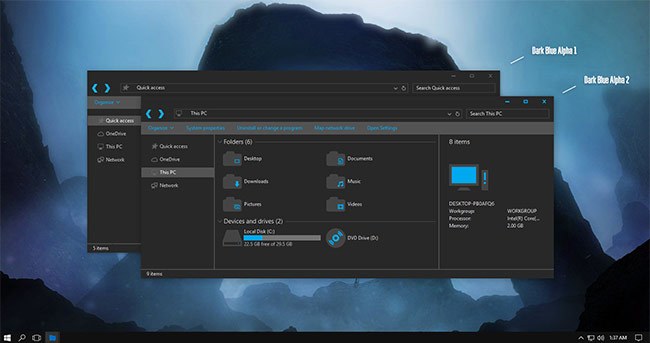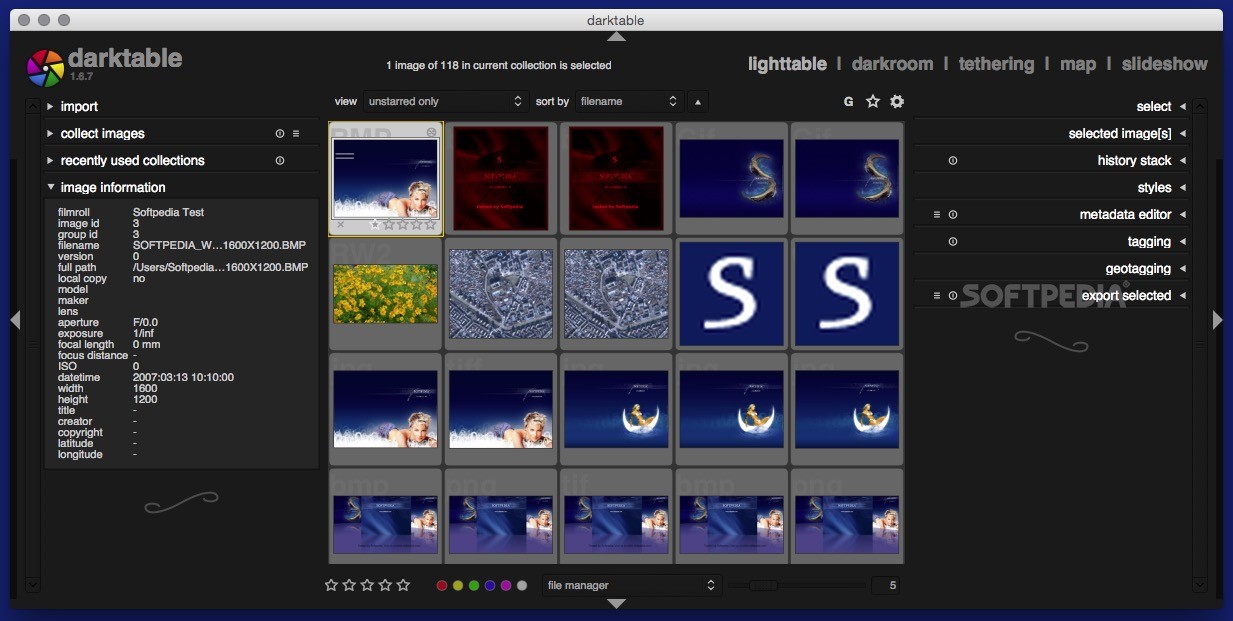

Incidentally (I’m saying this just for you to know where I come from), I have also been into Macs for years, from the G4 white macbook until a 2014 macbook pro I still love those computers and have fond memories of them (“fond memories” of… a computer?). About the new Mac you’ve bought – I totally get it (the excitement and the experience) I am sure that these new Macs are fantastic, I remember only a few days ago I’ve read a review on the new macbook pro, again lots of praises (“the best computer laptop ever! more powerful than anything else on the market etc etc”).


The core operates completely on floating point values, so darktable can not only be used for photography but also for scientifically acquired images or output of renderers (high dynamic range).Hi Steven and thanks for talking about your experience. The frontend is written in gtk+/cairo, the database uses sqlite3, raw image loading is done using rawspeed, high-dynamic range, and standard image formats such as jpeg are also supported. the full image is only converted during export. the user will always be able to interact, even if the full resolution image is not yet loaded.Īll editing is fully non-destructive and only operates on cached image buffers for display. The user interface is built around efficient caching of image metadata and mipmaps, all stored in a database. It tries to fill the gap between the many excellent existing free raw converters and image management tools (such as ufraw or f-spot). it also enables you to develop raw images and enhance them. Darktable manages your digital negatives in a database and lets you view them through a zoomable lighttable.


 0 kommentar(er)
0 kommentar(er)
